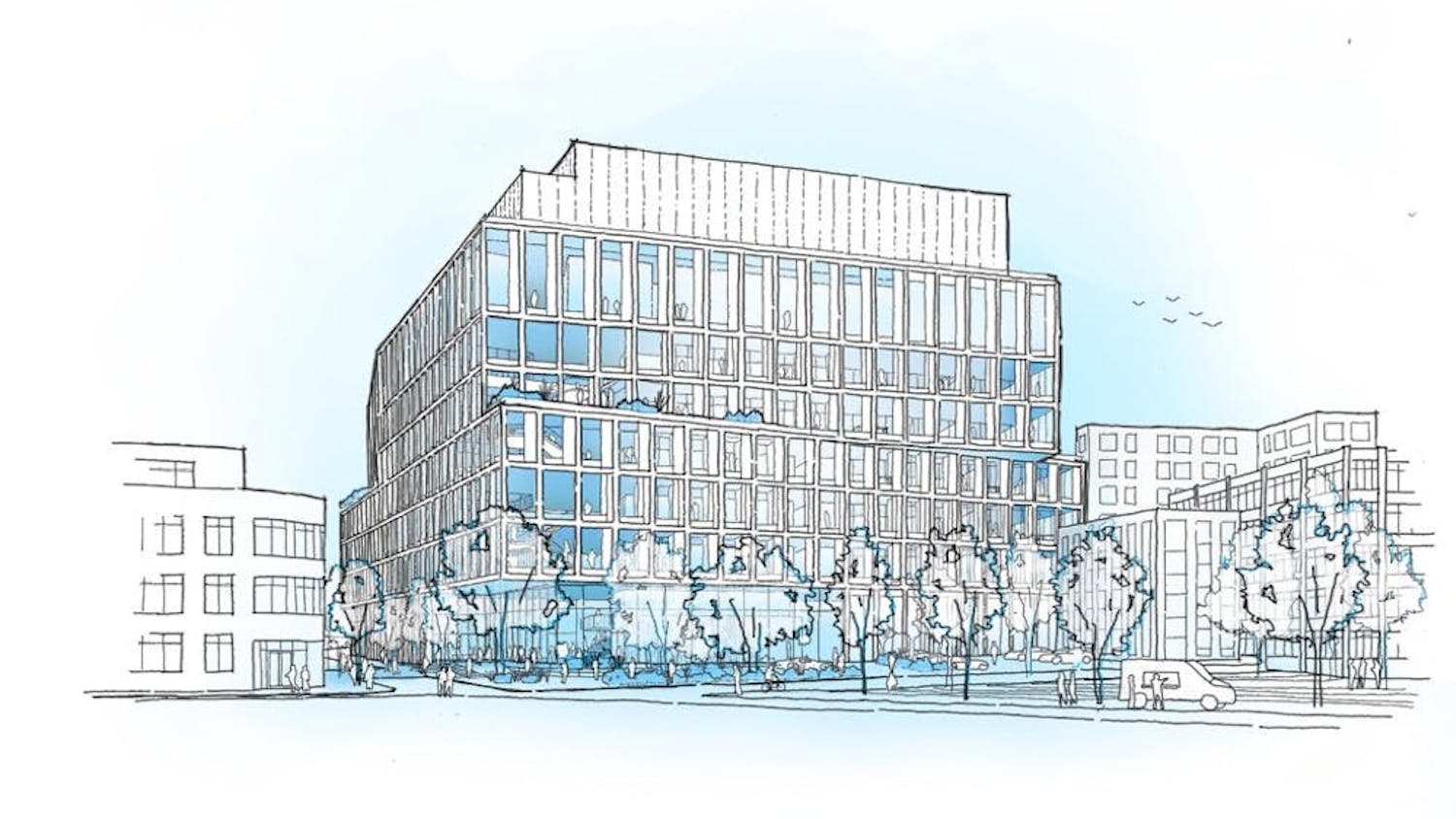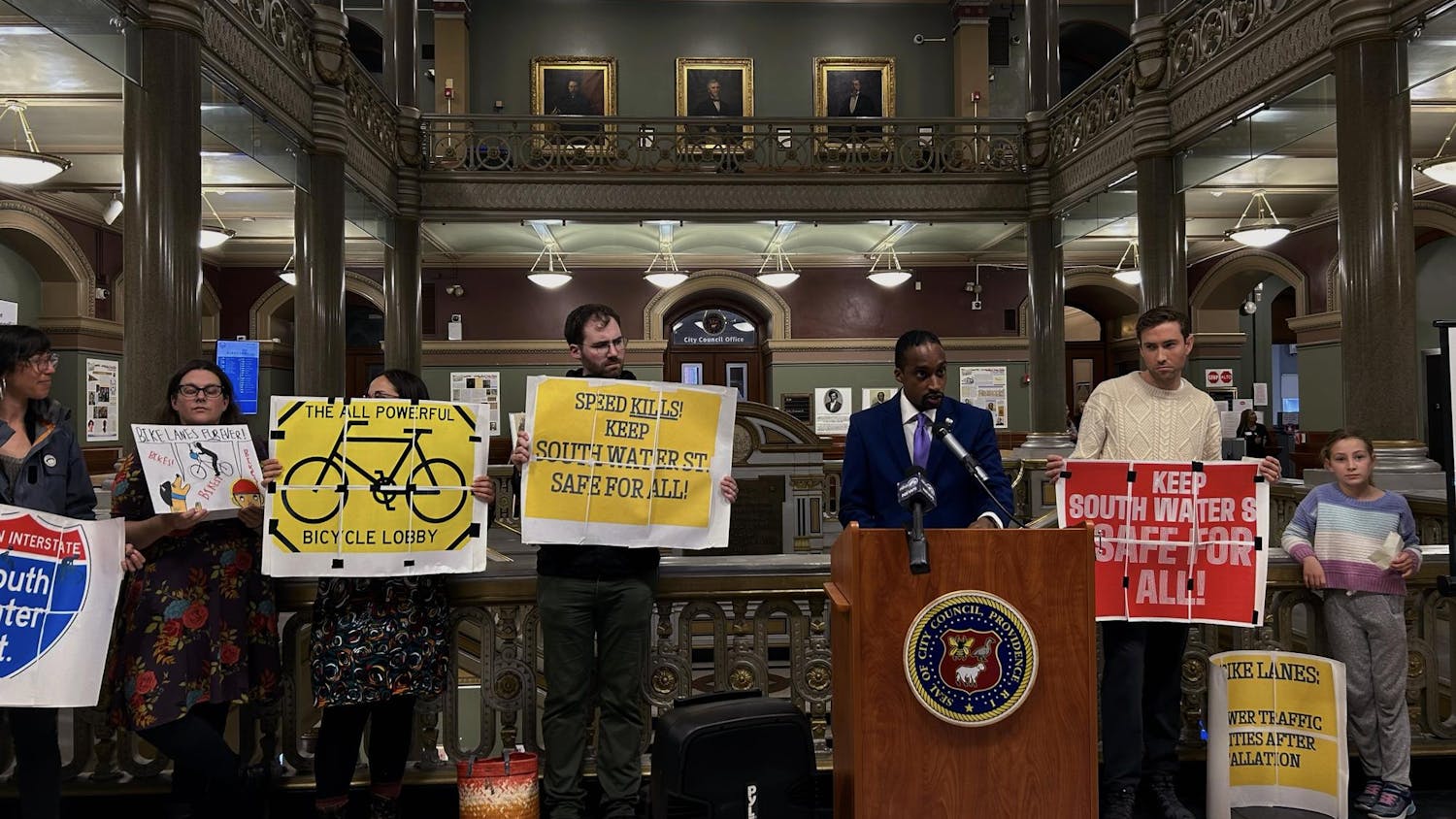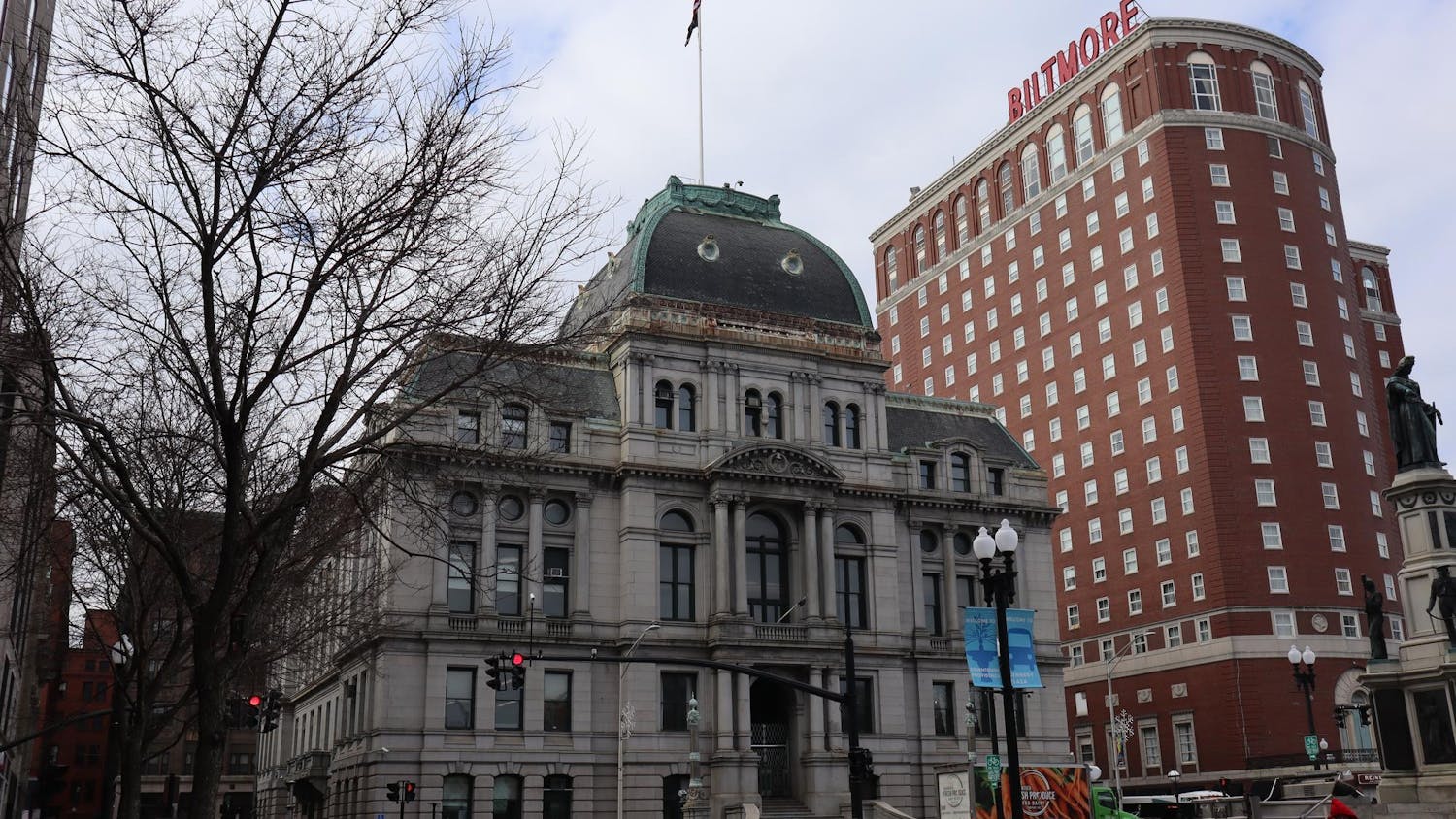Get to the “turf,” whether through a walk to Wickenden, an Uber downtown or a trek to Bristol. Find the first target and walk up the drive. Knock. Probably no response — not home or not interested. Next target. Knock.
This one establishes contact — immediately bringing the point-blank question, “Can we count on your support for (Candidate X) in the general election?” Record the response, noting if the homeowner is a supporter, leaning, undecided or opposed. For the leaning or undecided voters, engage with the 5 to 10 percent who want to talk politics with a random stranger, allowing them to ask questions, peruse materials, or, in the most zealous of cases, go inside the home to partake in an enthusiastic discussion.
On a typical outing, the goal is to cover 30 to 60 houses. But for the community of Brown students for whom campaigning marks not just a building experience but a civic duty, the goal is much more ambitious — enlist in an army conquering Rhode Island.
“Election season always brings the political kids to be a lot more active and engaged in most aspects of what they do,” said Joe Van Wye ’15, youth vote director for U.S. Rep. David Cicilline ’83, D-R.I., and a Brown Democrats general body member.
The motivations vary — idealism comes into play, just as it does for other forms of student activism on campus. Despite not being able to vote in Rhode Island, “I think it’s really important to do what you can to make sure good people are in office everywhere,” Van Wye said.
For many, the adrenaline that comes with watching statistics fluctuate, threatening to make or break a political career, adds a natural push to get out the vote.
“When the race is tight, it’s exciting because your contributions to the campaign are worth a lot,” said Justin Braga ’16, president of the Brown Republicans.
Some students simply see campaigning as a seasonal salaried work opportunity.
And partisanship creates a solid community with near-predetermined campaign objectives to rally around. The Brown Democrats and Brown Republicans coordinate much of the campaigning on campus, and their events serve as a lightning rod for politically inclined students.
Throughout the general election season, both groups held events frequently and regularly.
Brown Democrats conducted phone banking on Thursdays and canvassing expeditions Saturdays, totaling roughly a dozen outings before the hectic “get-out-the-vote” weekend during which canvassing was scheduled from Saturday through Election Day Tuesday, with the final push starting at 4 a.m., said Jeff Salvadore ’17, a Brown Democrats executive board member.
The Brown Republicans similarly used Saturdays to canvas and phone bank for their party’s gubernatorial nominee, Cranston Mayor Allan Fung, leading additional on-campus outreach around the election itself.
The volunteering opportunities — primarily for mayoral candidates Daniel Harrop ’76 MD’79, the Republican nominee, and Jorge Elorza, the Democrat, and gubernatorial candidates Fung and General Treasurer Gina Raimondo — yielded results, group leaders said.
The Brown Republicans drew three to 10 people in most individual canvassing outings, with 10 to 30 people attending opportunities to listen to candidates speak at meetings, said Christopher Meyers ’16, a Brown Republicans executive board member.
The Brown Democrats drew between 20 and 30 total volunteers and had a contingent of 10 to 15 individuals present at almost all events, including 15 volunteers on a trip to New Hampshire to canvas for U.S. Sen. Jeanne Shaheen, D-N.H., said Meghan Holloway ’16, president of the Brown Democrats.
But student efforts on the campaign trail are not limited to official campus organizations. Spencer Roth-Rose ’17 worked over the summer as a deputy field organizer for Raimondo, spending days canvassing for six hours or phone banking for four, he said. This work lasted up until the September primary, for which the campaign provided paid canvassing jobs to about 30 Brown students, many of whom were politically active and had done similar work before, Roth-Rose said.
Salvadore and Van Wye, both executive board members for the Brown Democrats, began campaigning far before the end of primary season, when the Brown Democrats and Brown Republicans officially get into the races — both clubs have policies against institutionally supporting candidates in the primaries in order to present a unified front during the general elections.
Salvadore individually campaigned for Raimondo three times before the primary. And while the Brown Democrats focused on supporting Raimondo and Elorza due to proximity and political alignment, Van Wye independently worked on Cicilline’s campaign through outreach to local colleges, specifically targeting their Young Democrats chapters.
Democrat or Republican, club member or independent, each student can agree on one thing: Campaigning is hard. “Most people, truth be told, do not want to discuss politics with you, a random stranger knocking on their door,” Salvadore said. “We all have our fun horror stories.”
While face-to-face contact yields nicer and more receptive interaction than phone banking, few people are willing to open their doors, Roth-Rose said.
“We laugh about calls that have gone really well or not gone well together,” Holloway said.
Schoolwork — or lack of time to do it — is another central consideration in the process, blind to policy implications or party ties. The Brown Democrats worked at an event with President Obama last Friday, conflicting with a scheduled exam for Van Wye, whose professor moved it to Tuesday — right during the “get-out-the-vote” push.
Academic “midterms are coming up, so you always have less and less people at meetings during the midterm season,” making showing up a legitimate sacrifice for students interested, Meyers said.
“You want to be out there as much as possible, but academics clearly come first,” Braga said.
Within Brown’s activist community, political divides still form the strongest communities — along party lines or club lines. Around the specific campaigning events, “you see a community form, at least within the Dems,” Holloway said.
“When (the Brown Republicans and Brown Democrats) are both fighting for the candidate we think will do the best job, those communities become increasingly clear as the election comes near,” Braga said.
But this political opposition belies perhaps the most telling aspect of student campaigning, for Democrats and Republicans alike — respect for activism.
The two groups met up for an election-season meeting last week at which both Holloway and Braga delivered addresses.
“We’re both pushing for the same stuff that moves our government, and we realize that though we may disagree, we’re both very politically involved,” Meyers said. “We definitely have a political community.”
While preferences may differ, it’s an overarching group of “people who want to change their community for the better,” Holloway said.
Even when the workload bears down on student activists, “it’s worth it because you can make such a big impact in terms of shaping policy in that state that if you fall a little behind you can catch up after the election,” Salvadore said.
“I think people appreciate seeing college students out there knowing the workload we have academically,” Braga said.
“With the extra time we have, we’re out there … supporting issues we’re passionate about.”
A previous version of this article incorrectly referred to Joe Van Wye ’15 as a member of the Brown Democrats executive board. In fact, he is a general body member. The article previously also misstated the start time for the Brown Democrats’ final canvassing push. It was 4 a.m., not 5 a.m. The Herald regrets the errors.

ADVERTISEMENT




